State Performance Plan 2005-2012 - Part B - Arkansas Department Of Education Page 10
ADVERTISEMENT
 1
1  2
2  3
3  4
4  5
5  6
6  7
7  8
8  9
9  10
10  11
11  12
12  13
13  14
14  15
15  16
16  17
17  18
18  19
19  20
20  21
21  22
22  23
23  24
24  25
25  26
26  27
27  28
28  29
29  30
30  31
31  32
32  33
33  34
34  35
35  36
36  37
37  38
38  39
39  40
40  41
41  42
42  43
43  44
44  45
45  46
46  47
47  48
48  49
49  50
50  51
51  52
52  53
53  54
54  55
55  56
56  57
57  58
58  59
59  60
60  61
61  62
62  63
63  64
64  65
65  66
66  67
67  68
68  69
69  70
70  71
71  72
72  73
73  74
74  75
75  76
76  77
77  78
78  79
79  80
80  81
81  82
82  83
83  84
84  85
85  86
86  87
87  88
88  89
89  90
90  91
91  92
92  93
93  94
94  95
95  96
96  97
97  98
98  99
99  100
100  101
101  102
102  103
103  104
104  105
105  106
106  107
107  108
108  109
109  110
110  111
111  112
112  113
113  114
114  115
115  116
116  117
117  118
118  119
119  120
120  121
121  122
122  123
123  124
124  125
125  126
126  127
127  128
128  129
129  130
130  131
131  132
132  133
133  134
134  135
135  136
136  137
137  138
138  139
139  140
140  141
141  142
142  143
143  144
144  145
145  146
146  147
147  148
148  149
149  150
150  151
151  152
152  153
153  154
154  155
155 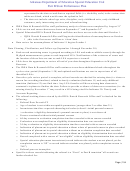 156
156  157
157 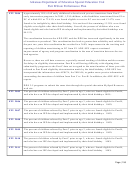 158
158  159
159  160
160  161
161  162
162  163
163 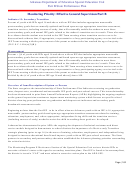 164
164  165
165  166
166  167
167  168
168 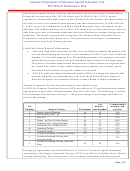 169
169  170
170  171
171  172
172  173
173  174
174 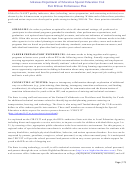 175
175  176
176 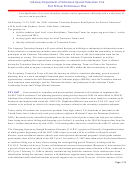 177
177  178
178 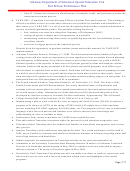 179
179  180
180  181
181  182
182  183
183  184
184 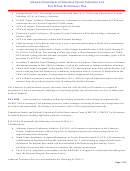 185
185  186
186  187
187  188
188  189
189  190
190  191
191  192
192 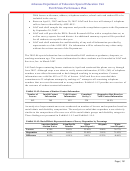 193
193  194
194  195
195 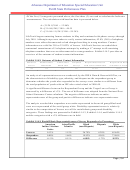 196
196  197
197 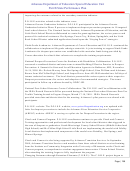 198
198  199
199  200
200  201
201  202
202  203
203  204
204 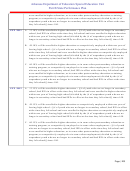 205
205  206
206  207
207  208
208 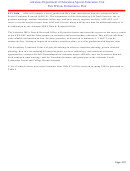 209
209  210
210  211
211 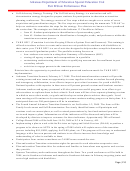 212
212  213
213  214
214  215
215 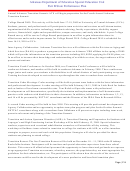 216
216  217
217  218
218  219
219 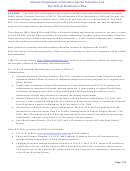 220
220  221
221  222
222  223
223  224
224  225
225 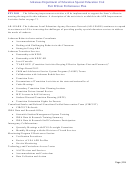 226
226  227
227  228
228 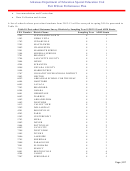 229
229  230
230  231
231  232
232  233
233  234
234  235
235  236
236  237
237  238
238  239
239 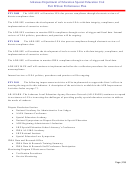 240
240 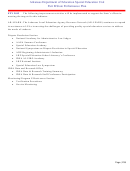 241
241 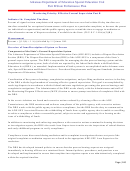 242
242  243
243  244
244  245
245  246
246  247
247  248
248 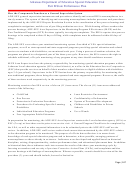 249
249  250
250  251
251  252
252  253
253  254
254  255
255 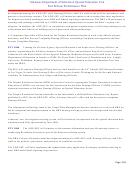 256
256  257
257  258
258  259
259  260
260  261
261 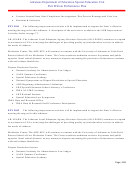 262
262  263
263  264
264 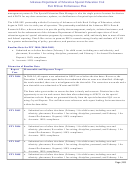 265
265  266
266  267
267  268
268  269
269  270
270  271
271  272
272 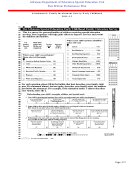 273
273  274
274 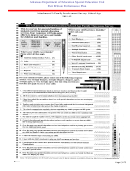 275
275  276
276 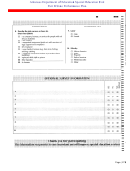 277
277 Arkansas Department of Education Special Education Unit
Part B State Performance Plan
students who transfer out, emigrate to another country, or die during that same period.
th
[Subpopulations are established during the 9
grade year. If a student is identified as a student
with a disability (SWD) he/she will remain in the subpopulation cohort even if he/she is
dismissed from services.]
Using the ESEA data, the target for the percent of students with disabilities graduating from
FFY 2011
high school with a regular diploma as established in the State’s accountability workbook is
85%.
Using the ESEA data, the target for the percent of students with disabilities graduating from
FFY 2012
high school with a regular diploma as established in the State’s accountability workbook is
85%.
Improvement Activities/Timelines/Resources
The State is mindful of the close interrelationship of State Performance Plan Indicators
FFY 2005
centering on graduation rates, dropout rates, coordinated and measurable IEP goals, and post-school
success. This interrelationship has been documented in prior State Annual Performance Reports (APRs)
highlighting the ongoing emphasis on the general supervision continuous improvement monitoring system
which focuses on specific school districts showing poor performance on graduation and dropout rate
indicators and secondary grade benchmark assessment results. Prior APRs have also documented the
ongoing development of technical assistance and direct service models designed to demonstrate to school
districts the importance of effective early Transition strategic planning (prior to age 16) in the areas of
training, education, employment, and independent living designed to increase educational benefit and
improve post-school outcomes for youth with IEPs.
These activities are considered critical in meeting the improvement targets set in the SPP. These and other
critical elements were identified in 2005-06 through the use of the National Alliance for Secondary
Education and Transition (NASET) Self-Assessment Tool. State partners in secondary and postsecondary
education established the Arkansas planning priorities prior to the National Center for Secondary Education
and Transition (NCSET) National Leadership Summit using this tool.
Of the five NASET quality indicators, three (schooling, career preparation, and connecting activities) were
chosen by the Arkansas team as priorities for comprehensive planning. Within each of these three priorities,
goals and action steps were developed to guide strategies during 2005-06. The three priorities identified
are:
SCHOOLING: In order to perform at optimal levels in all educational settings, all youth need to
participate in educational programs grounded in standards, clear performance expectations, and
graduation exit options based upon meaningful, accurate, and relevant indicators of student learning and
skills. Often this occurs without the input from agencies outside of education. Arkansas needs to include
other agencies in its school planning to ensure the educational process provides: career and technical
programs that are based on professional and industry standards; common performance measures; and
individualized transition plans that lead to positive post-school outcomes.
Page | 8
ADVERTISEMENT
0 votes
Related Articles
Related forms
Related Categories
Parent category: Legal









